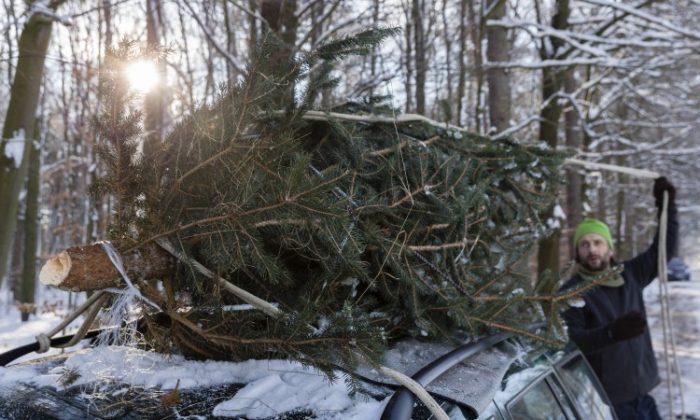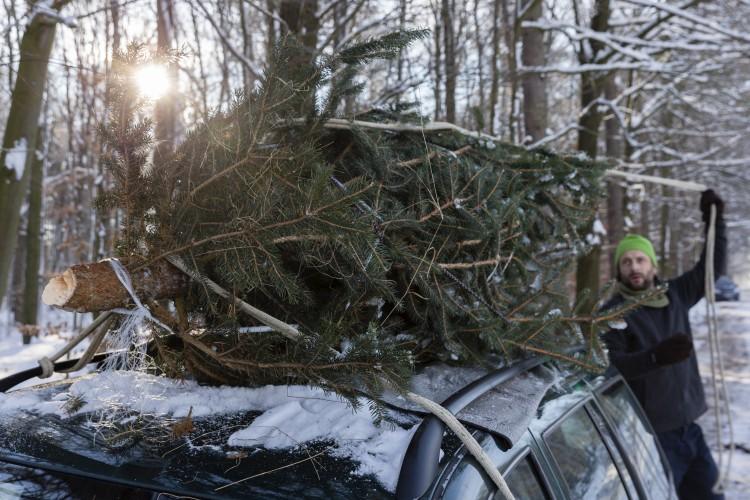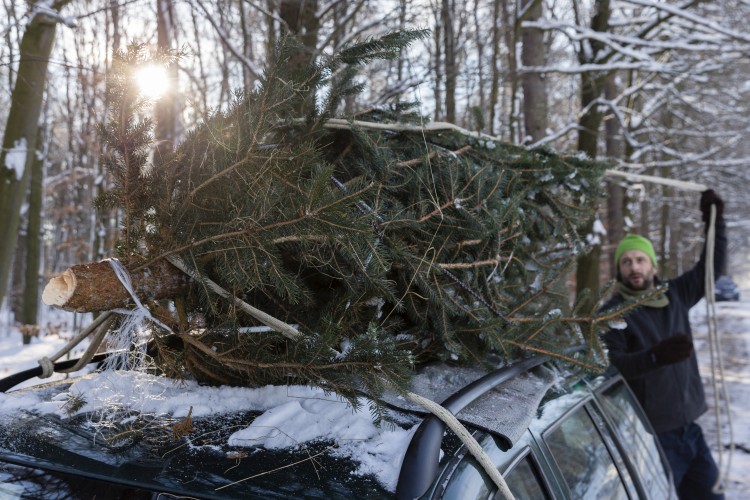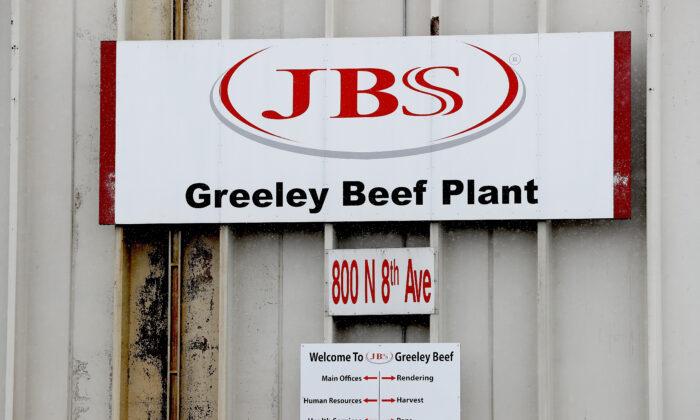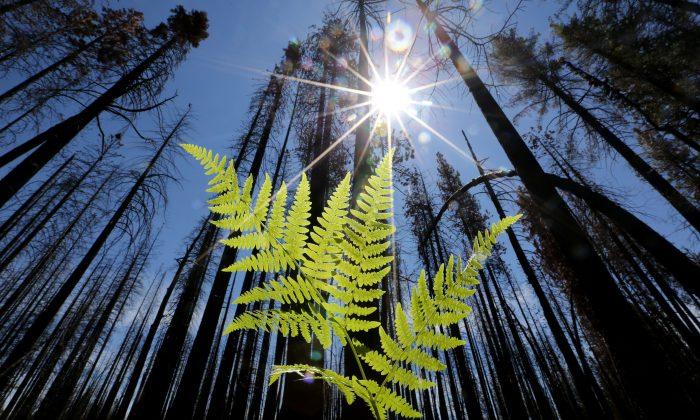Some families choose to cut their own Christmas tree in December, but for most Irish people the most likely source for their Christmas tree will be their local garden centre. But where does the tree come from? How many years does it take to grow one, and what happens to it after Christmas?
According to Teagasc, the Irish Agriculture and Development Authority, Ireland has about 50 commercial Christmas tree growers of various sizes, with many being full-time, dedicated growers. Ireland produces about 300,000 trees for the Irish market, while a similar number are exported to Britain and mainland Europe, especially France and Germany. Europe produces over 30 million trees each year but consumes over 60 million, so the potential exists for Irish growers to expand and garner more of this growing market.
Due to the warming effect of the Gulf Stream, Ireland’s mild, temperate climate and relatively high rainfall provides the ideal environment for tree growth. Irish soil types are often quite suited to tree farming too. The main species grown here are the non-shed Nordmann fir and Noble fir species, which have largely replaced the more traditional Norway spruce.
Trees are generally grown on a ten-year rotation plan, and are graded according to quality and shape. Trees are generally sold according to their height.
Tree Production
Tree farming is a full-time job, and many growers receive all their annual income in a single month! Tree producers start by fencing off areas to protect trees against deer, hares, rabbits and livestock. The site must then be drained and prepared for planting, which is normally carried out with the aid of tractor-borne planters. The saplings are often referred to as ’transplants’, as they are normally grown to a height of about 25 cm in a tree nursery before being planted out on the tree farm.
Trees need a lot of care in the initial years. Fertilising, pest control, weed control and replacement of failed saplings must all be managed. Trees must also be pruned after the first three years to ensure a good shape and, therefore, a premium price in the market. Once mature, trees are inspected and marked for felling.
While harvesting for export often begins in November, most producers try to shorten the time between felling and sale to the end customer, so the harvest continues right up until Christmas week. Another huge cost for growers is security—theft of Christmas trees is unfortunately a relatively common occurrence in Ireland, with many growers forced to employ security around the clock in the run up to Christmas.
January sees a return to planning for the year ahead and preparing for planting on newly-harvested ground.
As in any market, there may be shortages or oversupplies depending on the year. These can affect the price, so Christmas tree growing is not without its risks. While costs occur over the entire growing season, income is mainly concentrated in December, which requires excellent cash flow management on the grower’s part.
Some growers even close the cycle—they take back the tree after Christmas, putting it through a chipper to produce wood chips which can fuel homes. This ensures that the tree can be fully utilised, and not just for decoration at Christmas.
The Epoch Times publishes in 35 countries and in 19 languages. Subscribe to our e-newsletter.

